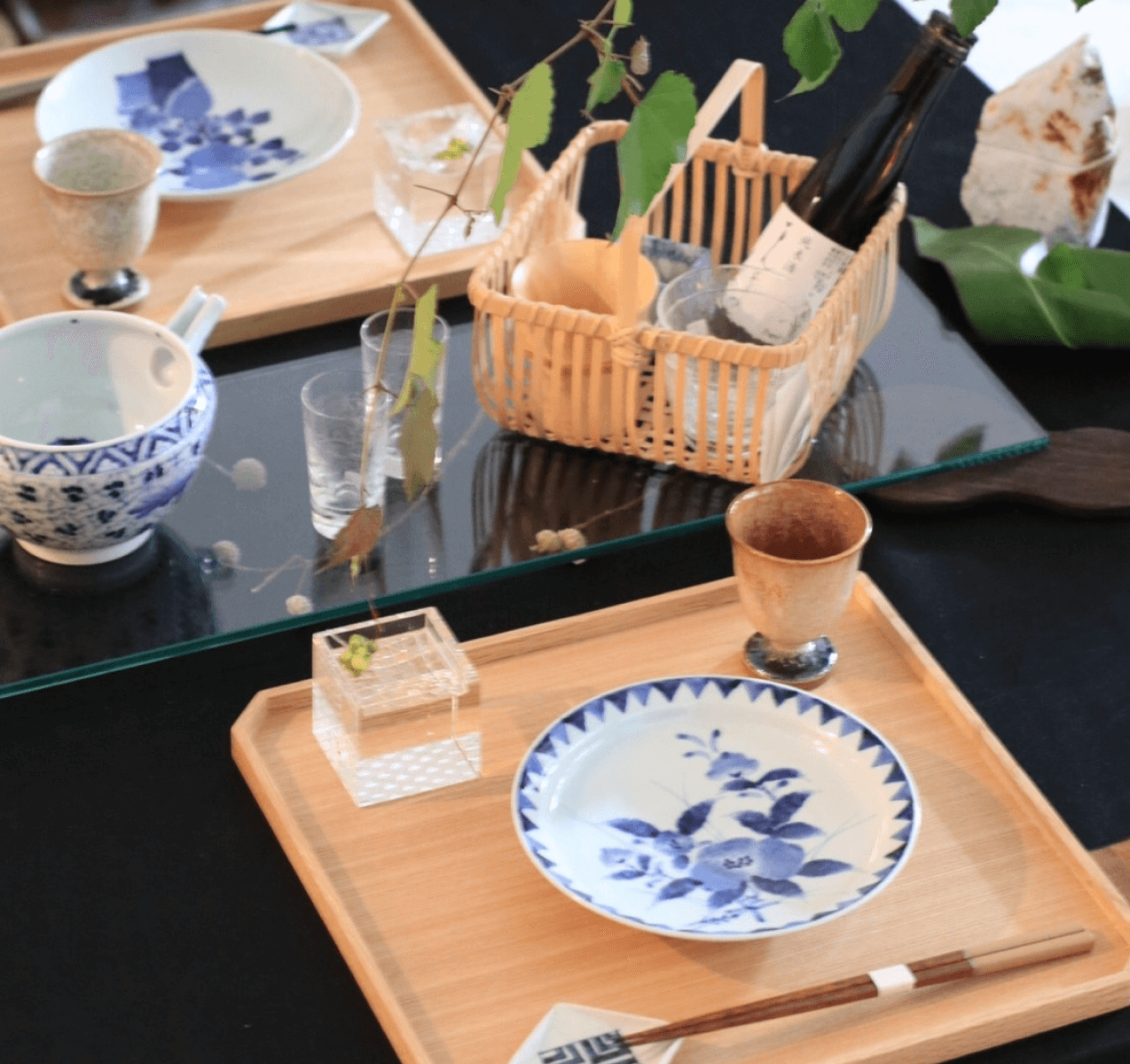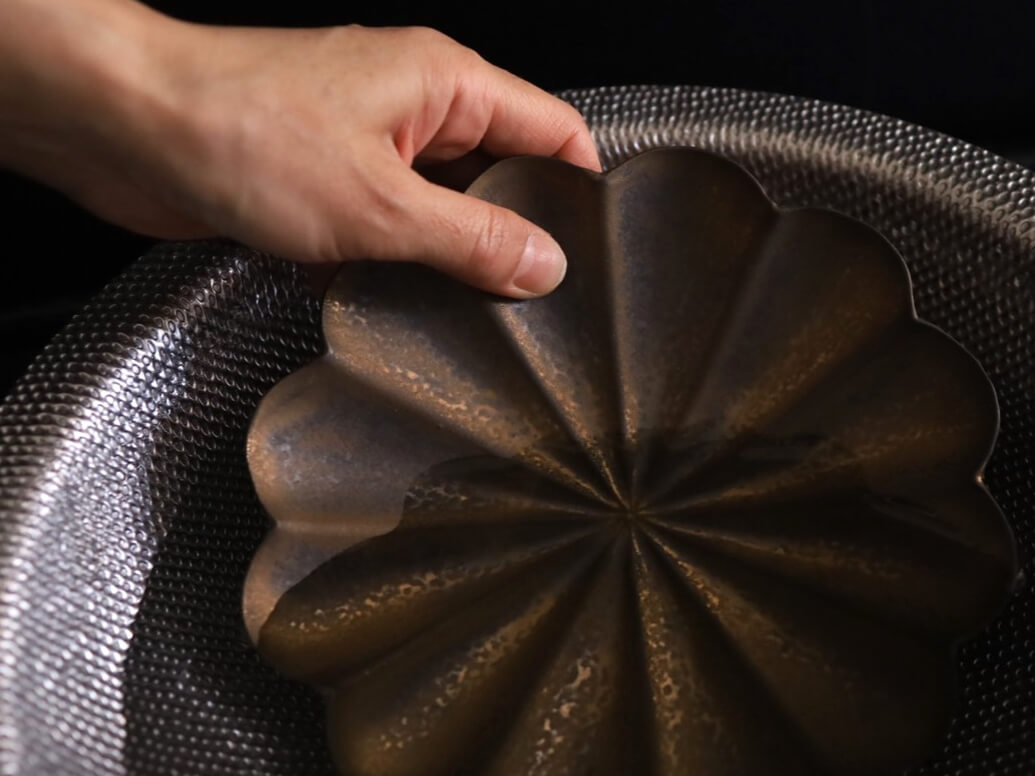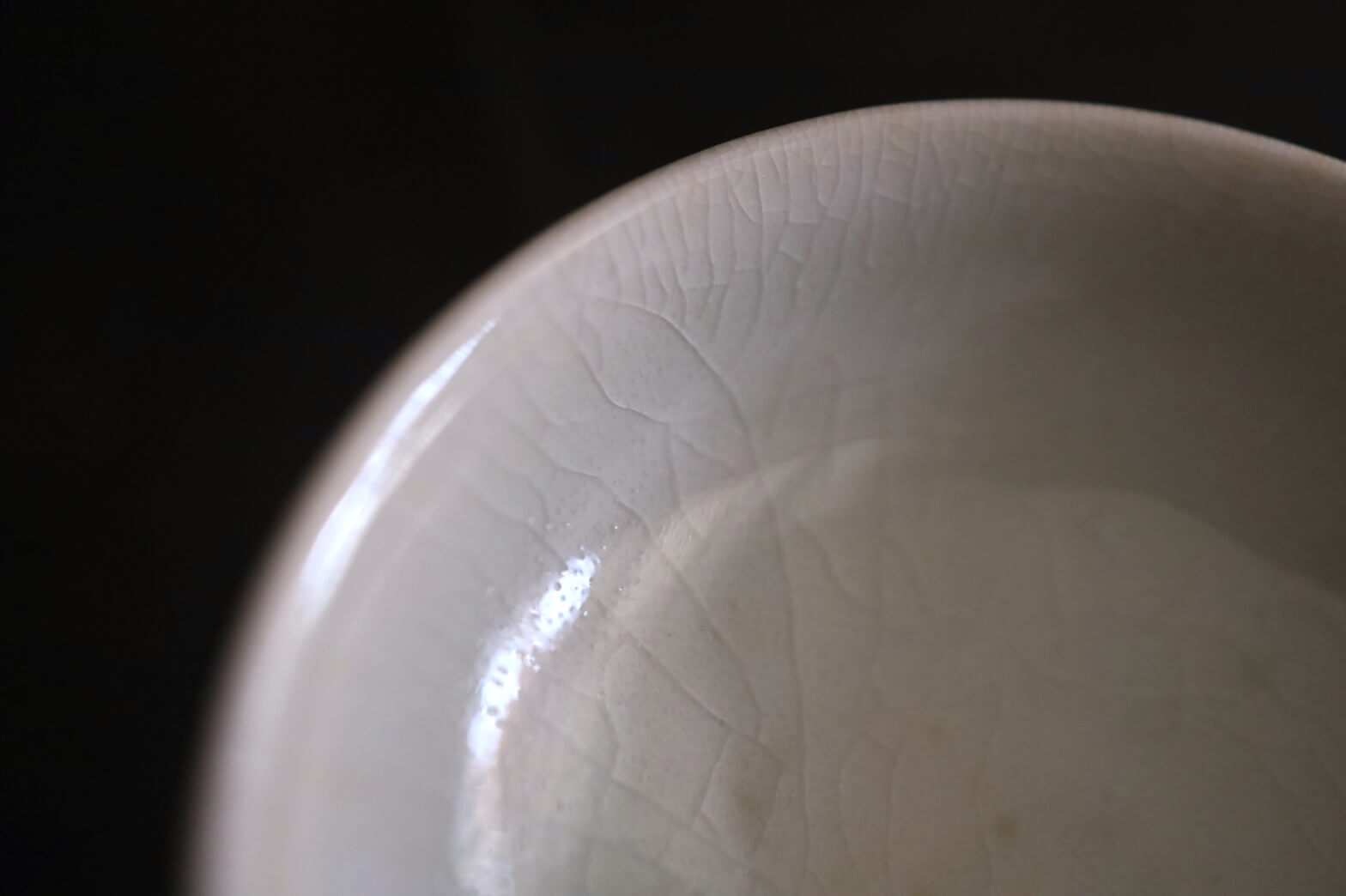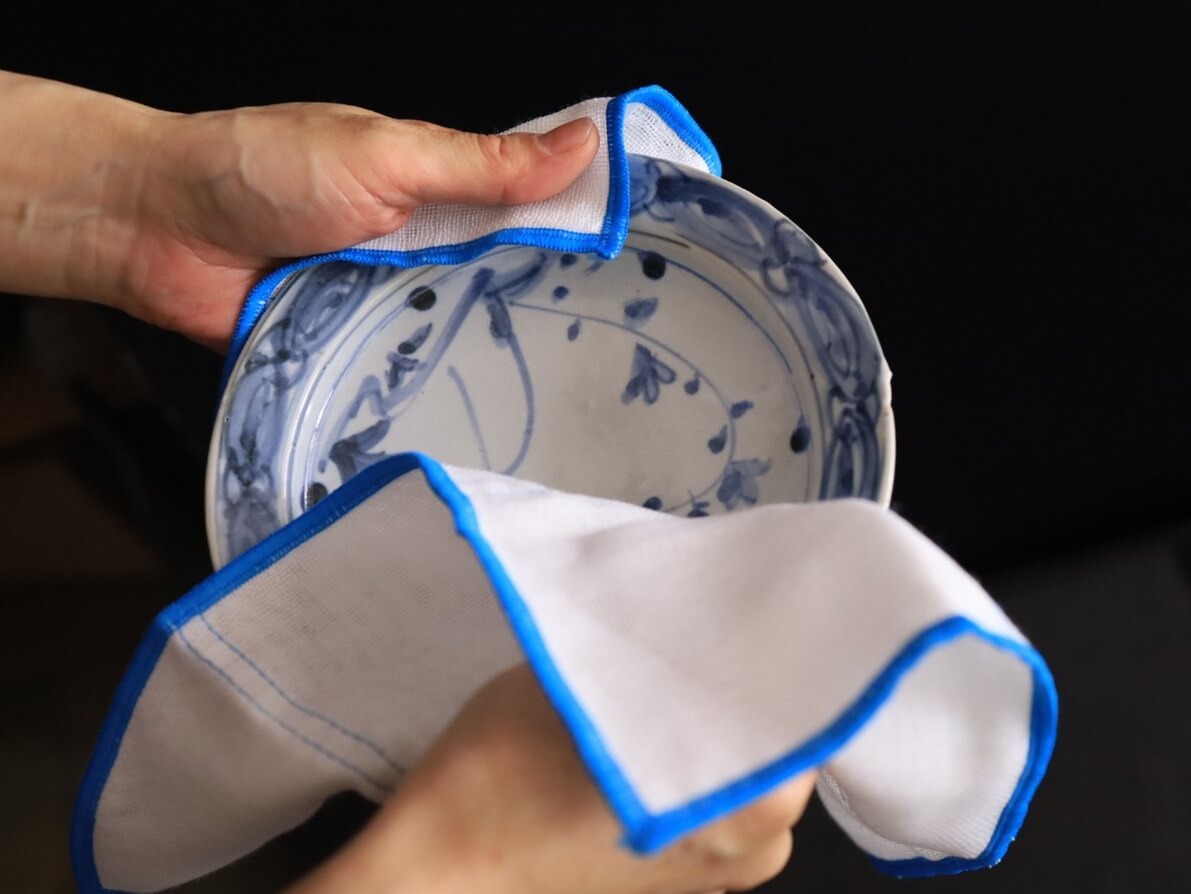Beginning of use
-Pottery (earthenware)
Because the clay is coarse and highly absorbent, if used as is, it may absorb moisture and oil from soy sauce and food, causing to blot. For this reason, it is best to avoid tomato sauce, oil, and spicy foods at the beginning of use.
Boiling the vessel in rice water before using it for the first time will fill the spaces between the particles of the base material and the glaze (cracks in the glaze, not scratches), making it difficult for water and oil from the food to penetrate, thereby preventing stains and odors.
(1)Place enough rice water to cover the entire bowl in a pot.
(2)Boil over low heat for 15 to 20 minutes.
(3)Cool the entire pot, rinse it well, and dry it thoroughly.
If this is difficult, soak the pot in plenty of water for half a day to a day and wipe off the water before use.
After many years of use, there will always be "blotches" on the surface. We hope you will consider this as "the scenery of ceramics" and enjoy the change. If you do not like it, or if you want to do something about the blotches, please contact us.
-Porcelain (stone)
Please wash with a soft sponge and mild detergent before use.
Since it is made from a raw material called ceramic stone, it absorbs little water and is easy to handle, but recently some glazes have become permeable.
It is recommended that you soak the pot in olive oil or salad oil and rinse it with a mild detergent before using it. As time goes by, the glaze will blend in and become more pleasant.



























